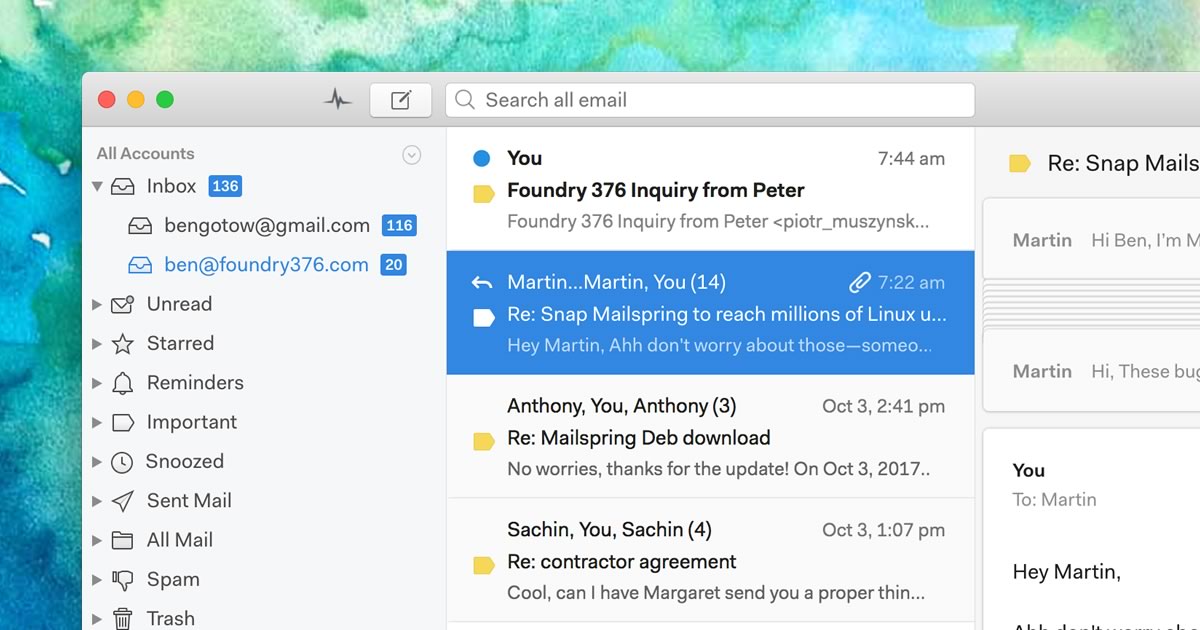

Nothing very new is readily available on the port 25 issue, but, from the horse’s mouth: If your port 25 fails and you can send – but not receive – your email, here is a useful, step-by-step solution guide – it won’t entirely save you from alleged federal spies, but it is an alternative to using Comcast’s SMTP, their presumed intent. Who immediately imagines that Comcast would make a move this disruptive without notice? The mules would have saved themselves time with Google in the quest for a remedy, but the problem was nuanced.

Want to use port 25? Please report to your local re-education centers. The host has had many, many calls on the issue. Per representatives of the server host, Comcast gently makes this hint knowing by turning off outbound client email. Instead, the claim was made that, as part of Comcast’s various peer-to-peer (P2P) and bandwidth limitation movements, Comcast is – sans warning – forcing an accelerating number of cable modem subscribers to use Comcast SMTP for outgoing email. Loss of outbound email service was not the data center’s fault. Two hours of billable data center admin and tech support later, the mules were much poorer. Foals and clients must be worried and waiting. Shivering masses of them, huddled together, begging to be delivered from evil.

Must be the server farm lifting its tail.Īfter all, the mules are legitimate users and would not be randomly penalized by Comcast, and certainly not without some sort of notice or warning – right? With a dedicated server or ten, the long-eared ones found it very odd that outgoing email was clustering undelivered in Outlook’s outbox. The mules finally got around to checking into precisely why, without warning, SMTP on port 25 was no longer functional in the middle of the night, which is when ambitious mules are working to pay for new barns and fresh hay.


 0 kommentar(er)
0 kommentar(er)
